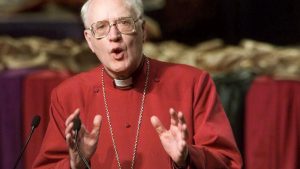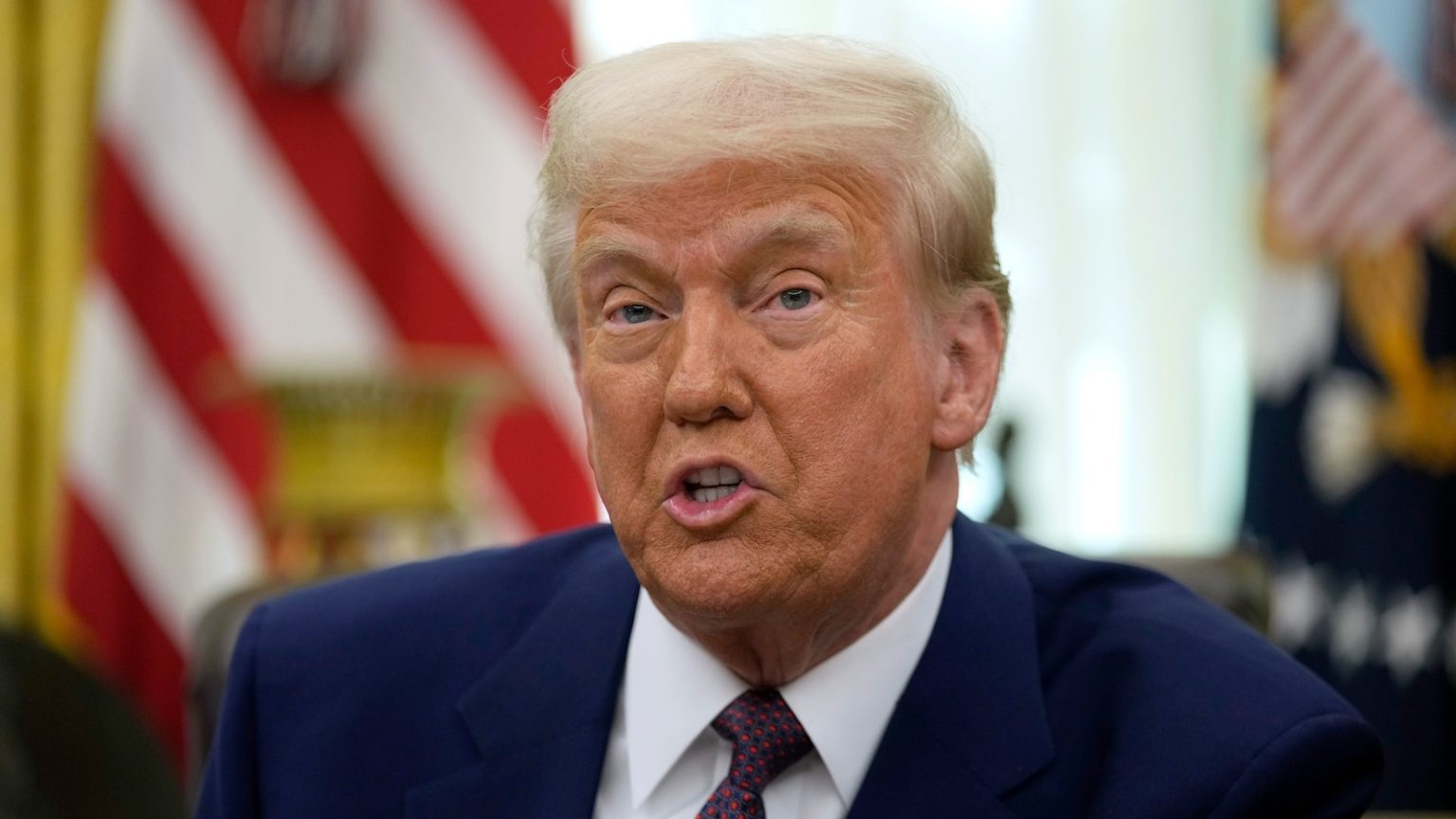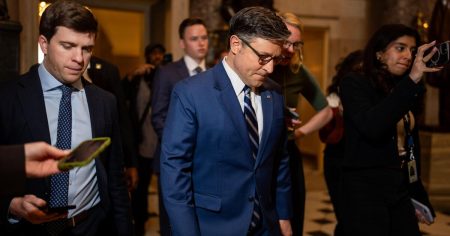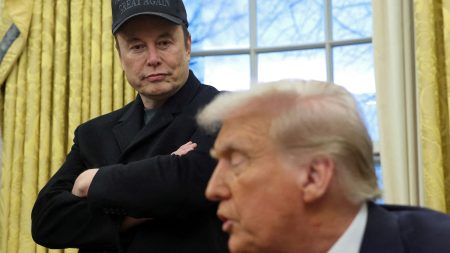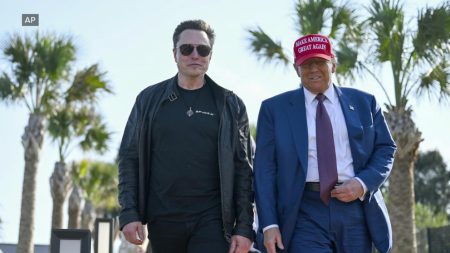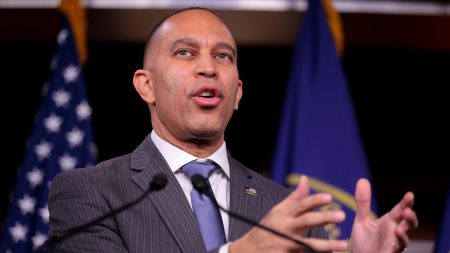1. Trump’s Push for Peace Talks
President Donald Trump has recently made headlines by initiating a push for peace talks to resolve the ongoing conflict between Ukraine and Russia. In a significant move, Trump held a call with Russian President Vladimir Putin, where both leaders agreed to commence negotiations immediately. This action marks a shift in approach from the previous administration’s stance, where Ukraine was firmly in the driver’s seat. Trump’s decision to engage directly with Putin before informing Ukrainian President Volodymyr Zelenskyy has raised eyebrows, signaling a new dynamic in international relations.
2. Shift from Biden’s Approach
The Biden administration was known for its "Nothing about Ukraine without Ukraine" policy, emphasizing Kyiv’s central role in negotiations. However, Trump’s recent actions indicate a departure from this approach. By engaging with Putin first, Trump has altered the trajectory of negotiations, potentially sidelining Ukraine’s direct involvement. This shift has sparked concerns among allies about the direction of U.S. foreign policy and its implications for Ukraine’s sovereignty.
3. Europe’s Skepticism and Response
Trump’s abrupt change in strategy has been met with skepticism in Europe. European allies, who have been staunch supporters of Ukraine, are wary of Russia’s intentions and question whether the U.S. and Russia are truly negotiating in good faith. At the Munich Security Conference, British Defense Secretary John Healy emphasized that Ukraine’s voice must be central to any talks, reflecting Europe’s commitment to upholding Ukrainian autonomy. This sentiment is shared across the continent, as European leaders stress the importance of Ukraine’s involvement in any peace negotiations.
4. Inconsistencies Within Trump’s Team
The Trump administration’s messaging has been inconsistent, adding to the complexity of the situation. Secretary of Defense Pete Hegseth initially suggested that NATO membership for Ukraine shouldn’t be guaranteed, only to backtrack later, stating that all options are on the table. This inconsistency was further compounded by Trump’s assertion that Ukraine’s NATO membership is unlikely, creating confusion among allies and opponents alike. Such mixed signals hinder the administration’s efforts to present a unified front in negotiations.
5. Ground Realities in Ukraine
On the front lines, Ukraine faces significant challenges. Despite their bravery, Ukrainian forces are stretched thin, with a pressing need for more troops. Mobilizing younger Ukrainians is politically unpopular, and the country is grappling with an acute shortage of soldiers. Additionally, NATO Secretary General Mark Rutte highlighted that Western ammunition production lags far behind Russia’s, exacerbating Ukraine’s struggle. These realities underscore the urgent need for a negotiated peace, but also reveal the daunting obstacles that must be overcome.
6. Experts’ Analysis and Outlook
Analysts concur that the West cannot indefinitely sustain its current level of support for Ukraine, and regaining all lost territory is unrealistic. Experts like Ivana Stradner advocate for continued U.S. support to ensure Ukraine can defend itself, making Russian aggression too costly. Stradner suggests that Putin may use a temporary freeze in conflict to gain Trump’s trust, but lasting peace requires a well-armed Ukraine. As the situation evolves, the interplay between geopolitical strategies and on-the-ground realities will shape the future of the conflict and international relations.

